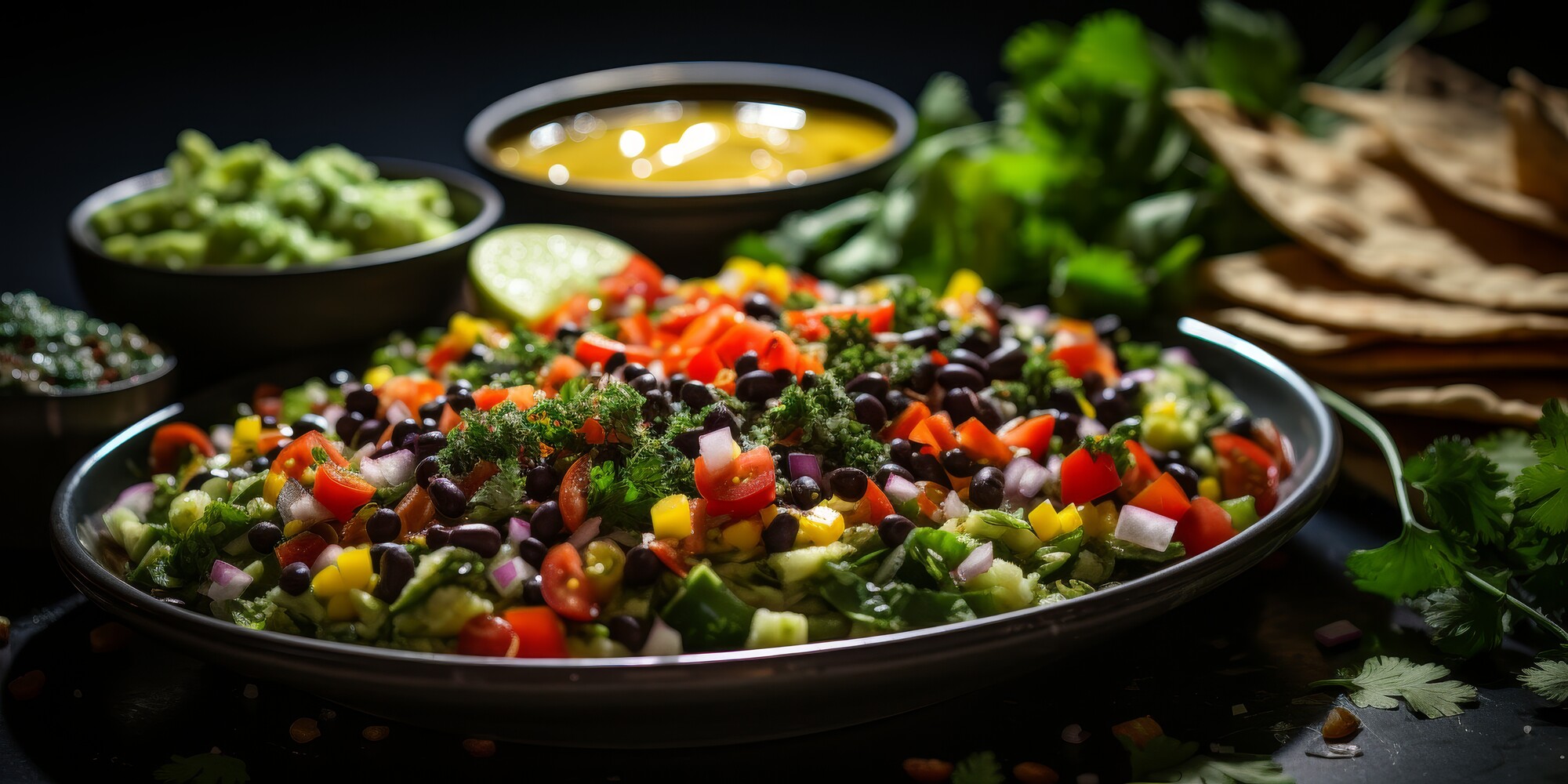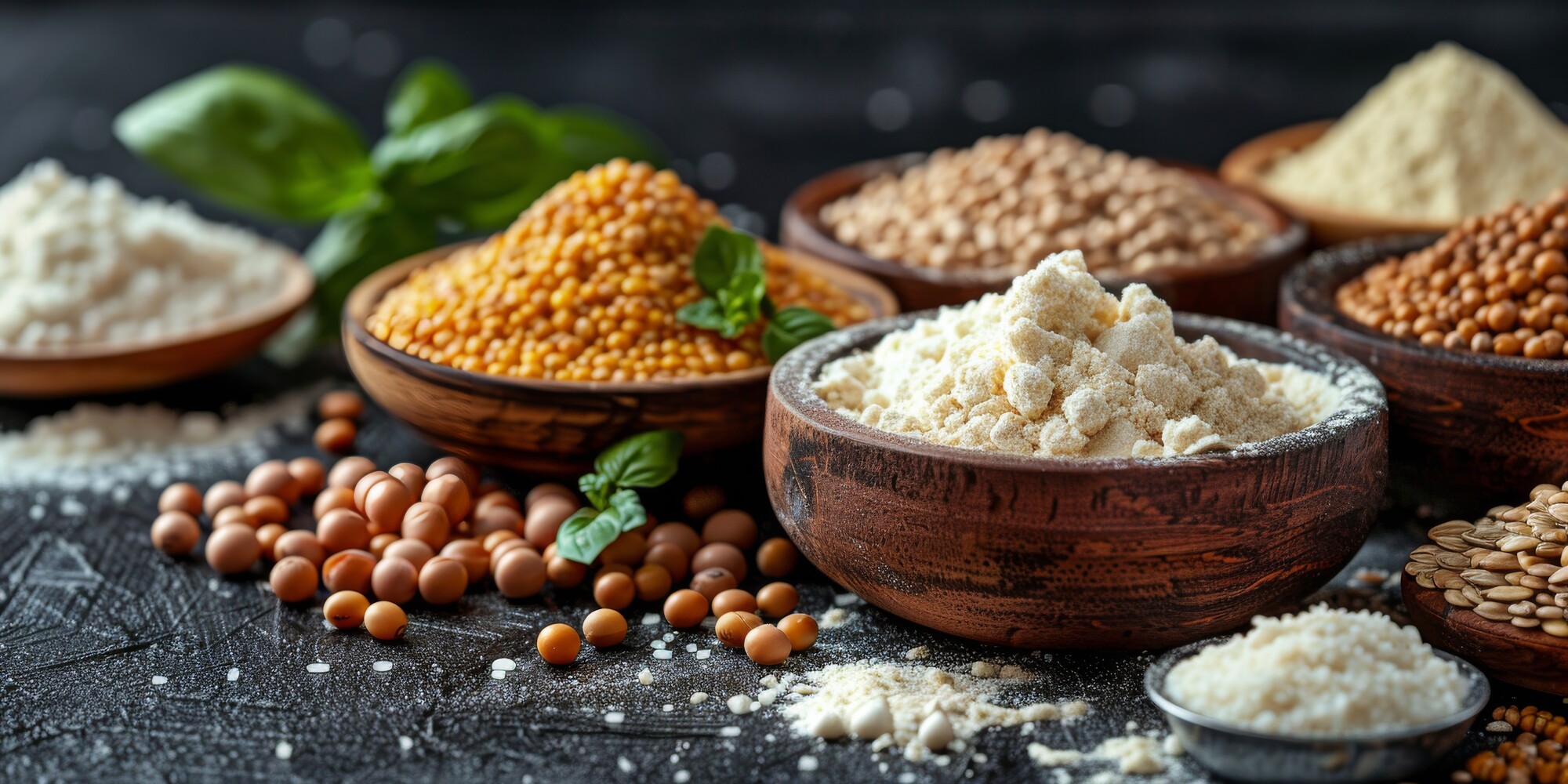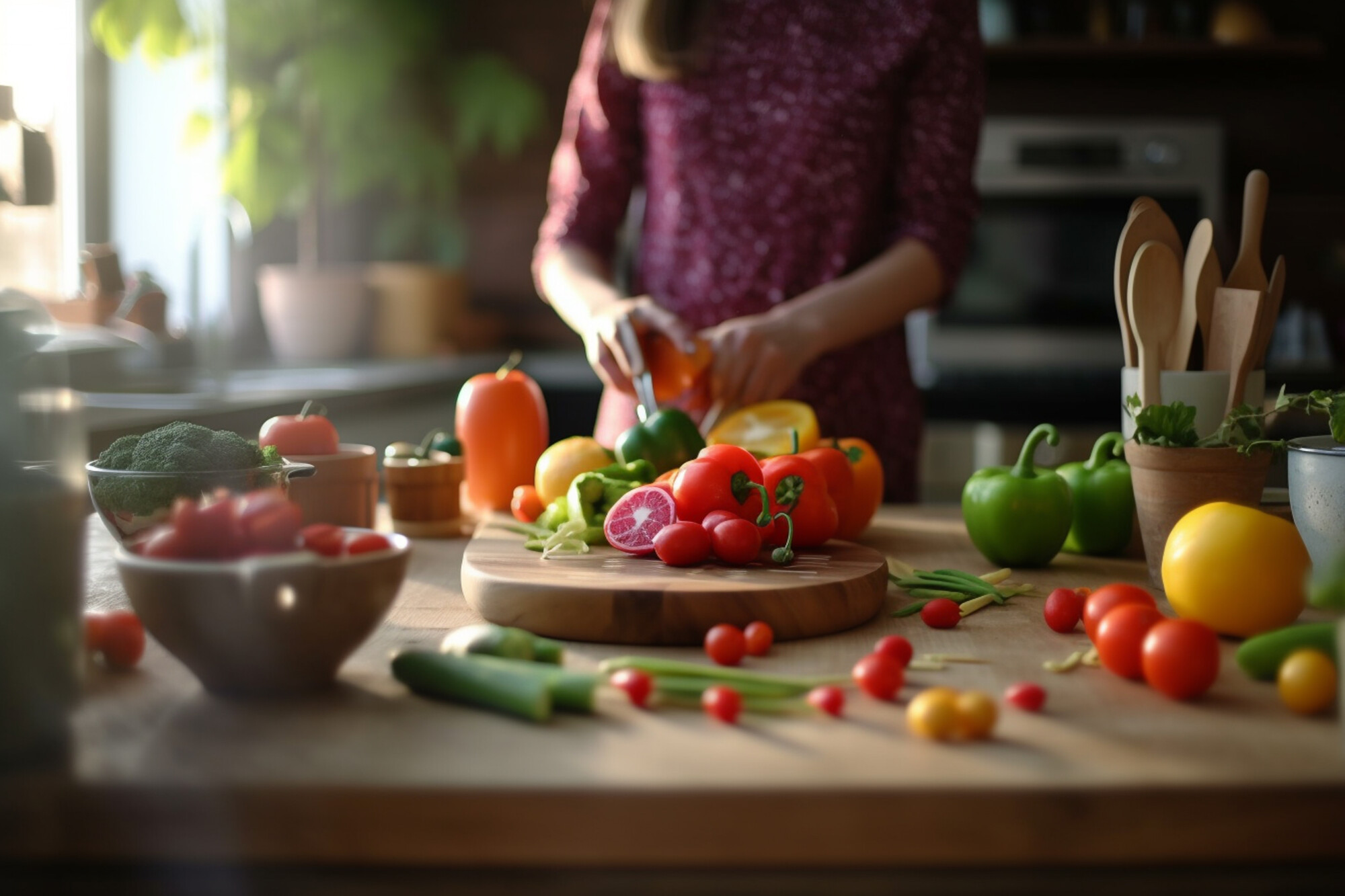Many people today are reducing their consumption of dairy products and meat - some even decide to do without them altogether. Since meat and dairy products contain essential nutrients, it is important to cover these nutritional needs in a different way in a vegan diet. This particularly applies to the supply of proteins.
1. What are vegan protein sources?
In addition to carbohydrates and fats (as well as fiber), proteins belong to the group of so-called macronutrients. Humans need these nutrients in large quantities as an energy source to live.
Proteins should make up 10 to 35 percent of daily calorie intake. This requirement can easily be met with the help of animal foods such as meat, fish, milk, eggs, yogurt or cheese. Since vegans avoid animal products they must plan their diet carefully to avoid a protein deficiency. The daily protein requirement can be covered with a combination of vegan protein sources, i.e. protein-rich plant foods. Vegan protein sources include legumes, soy-containing products such as soy milk or tofu, nuts and various types of grain.
It is important to note two special features of vegan protein sources: Firstly, plant proteins have a lower bioavailability (the effect of ingredients in the bloodstream). Secondly, they are usually so-called "incomplete proteins" (proteins that do not contain all nine necessary amino acids).
1.1. Increased need with lower bioavailability
Animal protein sources such as meat, dairy products or eggs are more than 90% digestible and can be absorbed into the bloodstream through the gastrointestinal wall. They therefore have a high bioavailability.
The hurdles are much greater with plant-based protein sources: For example, plant-based drinks not only have significantly less protein than cow's milk, their protein is also less bioavailable. Soy milk has only 60%, rice milk 8% and almond milk 2% of the protein content of cow's milk, while their proteins have a reduced bioavailability.
The bioavailability varies depending on the plant-based protein source. For example, proteins from legumes are 80 to 90 percent digestible, while proteins from grains are only 70 to 90 percent digestible.
It is therefore important to note that anyone who only consumes plant-based foods as a source of protein must not only compensate for the protein content of animal foods, but even exceed it due to the overall lower bioavailability.

1.2. Incomplete proteins - it's all about the mix
Most vegan protein sources do not contain all the amino acids that are essential for the body. With the exception of soy, plant proteins are "incomplete". To prevent a deficiency, it is therefore important to eat a variety of plant protein sources in addition to "complete" proteins (from animal foods or soy).
Grains, for example, contain little of the essential amino acid lysine, but a lot of methionine. With pulses, the opposite is true: they contain little methionine, but plenty of lysine. Pulses and grains together therefore form a high-quality source of protein. They do not have to be part of the same meal. Variety ensures a healthy diet.
2. The best vegan protein sources
Vegan protein sources can be divided into different groups. It is important to regularly consume foods from each of these groups in everyday life.
2.1. List of the best vegan protein sources
The most important vegan foods include:
Soy and soy products:
Soybeans and products made from them are high-quality vegan protein sources. They include soy milk, soy yogurt, soy curd, tofu, as well as fermented forms such as tempeh and others.
- Soy milk (2-4 g protein per 100 g)
- Soy yogurt (2-4 g protein per 100 g)
- Soy curd (5-7 g protein per 100 g)
- Tofu (15-18 g protein per 100 g)
- Tempeh (16-22 g protein per 100 g)
Legumes:
Legumes include beans, peas, chickpeas, lentils and lupins.
- Beans (depending on the variety, 1-24 g protein per 100 g)
- Peas (depending on the variety, 3-24 g protein per 100 g)
- Chickpeas (depending on the variety, 6-20 g protein per 100 g)
- Lentils (23-27 g protein per 100 g)
- Lupins (wide variation depending on the product)
Grain products:
Grains include spelt, barley, oats, millet, corn, rice, rye and wheat. As a whole grain product with little processing, the various grains can be high in protein.
- Whole grain bread (depending on the variety, 4-11 g protein per 100 g)
- Oatmeal (11-14 g protein per 100 g)
- Spelt products (great variation depending on the product)
- Rice (depending on the variety, 6-10 g protein per 100 g)
Nuts and seeds:
Popular seeds and nuts are cashews, peanuts (botanically speaking, legumes), hazelnuts, walnuts, almonds, pumpkin seeds, pine nuts, pistachios and macadamia nuts. They all “shine” with a high vegan protein content.
- Cashews (20 g protein per 100 g)
- Peanuts (30 g protein per 100 g)
- Hazelnuts (14 g protein per 100 g)
- Walnuts (4 g protein per 100 g)
- Almonds (19-25 g protein per 100 g)
- Pumpkin seeds (32-37 g protein per 100 g)
- Pine nuts (13-24 g protein per 100 g)
- Pistachios (19-21 g protein per 100 g)
- Macadamia (8-9 g protein per 100 g)
If you had to choose a top trio, pulses, tofu and nuts would be the best candidates. But in the end, it's all about the mix, and personal preference is an important factor in the decision.
2.2. Other vegan protein sources
Many people don't know that certain vegetables and dried fruits also have a surprisingly high protein content. The top performers include:
- Raw kale (4 g protein per 100 g)
- Raw corn (3-4 g protein per 100 g)
- Raw Brussels sprouts (3-4 g protein per 100 g)
- Asparagus (3-4 g protein per 100 g)
- Garlic (6 g protein per 100 g)
- Dried tomatoes (8 g protein per 100 g)
- Raisins (2-3 g protein per 100 g)
- Dried figs (3 g protein per 100 g)
- Dried apricots (4-5 g protein per 100 g)
- Dried bananas (4-5 g protein per 100 g)
Of course, these foods are not among the heavyweights among protein sources. But as a supplement, they can be useful for vegans because they also have a high fiber content.
3. The right vegan protein sources for every diet
3.1. Low-calorie vegan protein sources
Whether a diet is vegan or not says little about its calorie content. Someone who consumes large quantities of chips, cola, etc. is vegan, but neither healthy nor low in calories.
A healthy diet consists of numerous plant-based foods, only small amounts of animal products, more unsaturated than saturated fats and as little sugar, convenience foods and refined grains such as white flour as possible. To lose weight but still consume enough protein, protein-rich legumes and nuts are particularly suitable.
The contents of this article reflect the current scientific status at the time of publication and were written to the best of our knowledge. Nevertheless, the article does not replace medical advice and diagnosis. If you have any questions, consult your general practitioner.
Originally published on







